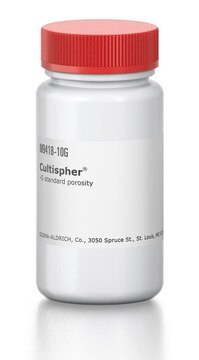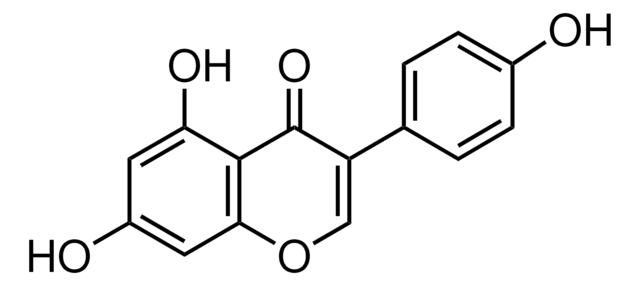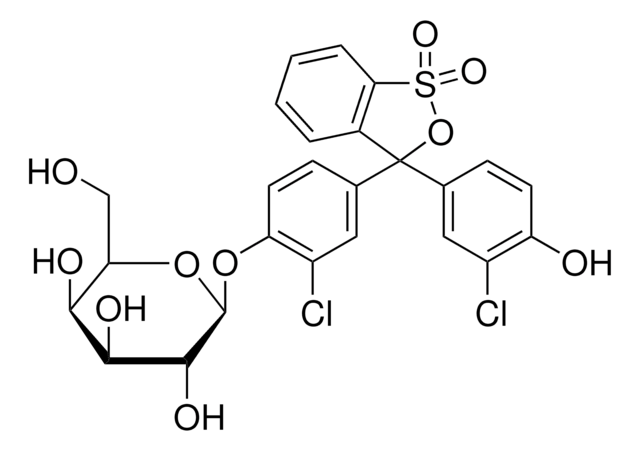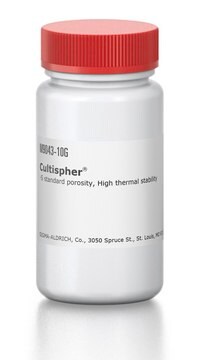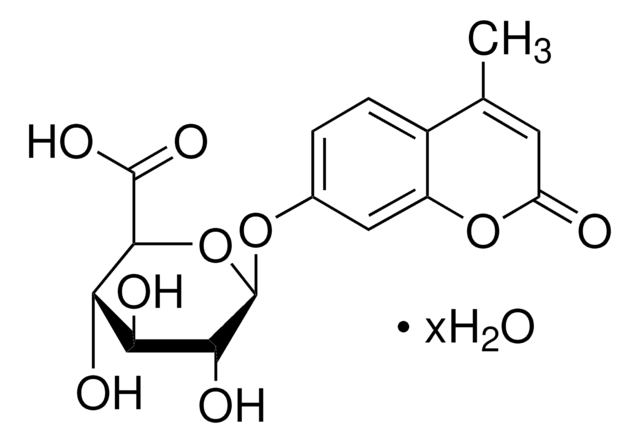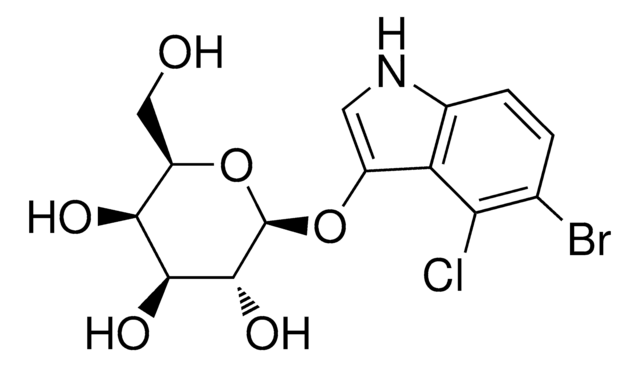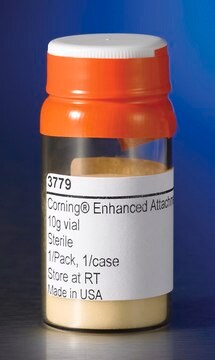P203
Phenamil methanesulfonate salt
solid
Synonyme(s) :
3,5-Diamino-6-chloro-N-[imino(phenylamino)methyl]pyrazinecarboxamide methanesulfonate salt
About This Item
Produits recommandés
Forme
solid
Niveau de qualité
Couleur
yellow
Solubilité
45% (w/v) aq 2-hydroxypropyl-β-cyclodextrin: 2.5 mg/mL
DMSO: ≥5 mg/mL (with warming)
0.1 M HCl: insoluble
H2O: insoluble
Température de stockage
2-8°C
Chaîne SMILES
CS(O)(=O)=O.Nc1nc(N)c(nc1Cl)C(=O)NC(=N)Nc2ccccc2
InChI
1S/C12H12ClN7O.CH4O3S/c13-8-10(15)19-9(14)7(18-8)11(21)20-12(16)17-6-4-2-1-3-5-6;1-5(2,3)4/h1-5H,(H4,14,15,19)(H3,16,17,20,21);1H3,(H,2,3,4)
Clé InChI
MHPIZTURFVSLTJ-UHFFFAOYSA-N
Informations sur le gène
human ... SCNN1A(6337) , SCNN1B(6338) , SCNN1D(6339) , SCNN1G(6340)
mouse ... Scnn1a(20276) , Scnn1b(20277) , Scnn1d(140501) , Scnn1g(20278)
rat ... Scnn1a(25122) , Scnn1b(24767) , Scnn1g(24768)
Description générale
Application
- to stimulate adipocyte differentiation in 3T3 cells
- to test its effect on lateral flagella expression in Vibrio shilonii
- in nanoparticle preparation to test its effect on osteo/odontoblastic differentiation
Actions biochimiques/physiologiques
Code de la classe de stockage
11 - Combustible Solids
Classe de danger pour l'eau (WGK)
WGK 3
Point d'éclair (°F)
Not applicable
Point d'éclair (°C)
Not applicable
Équipement de protection individuelle
Eyeshields, Gloves, type N95 (US)
Faites votre choix parmi les versions les plus récentes :
Certificats d'analyse (COA)
Vous ne trouvez pas la bonne version ?
Si vous avez besoin d'une version particulière, vous pouvez rechercher un certificat spécifique par le numéro de lot.
Déjà en possession de ce produit ?
Retrouvez la documentation relative aux produits que vous avez récemment achetés dans la Bibliothèque de documents.
Notre équipe de scientifiques dispose d'une expérience dans tous les secteurs de la recherche, notamment en sciences de la vie, science des matériaux, synthèse chimique, chromatographie, analyse et dans de nombreux autres domaines..
Contacter notre Service technique